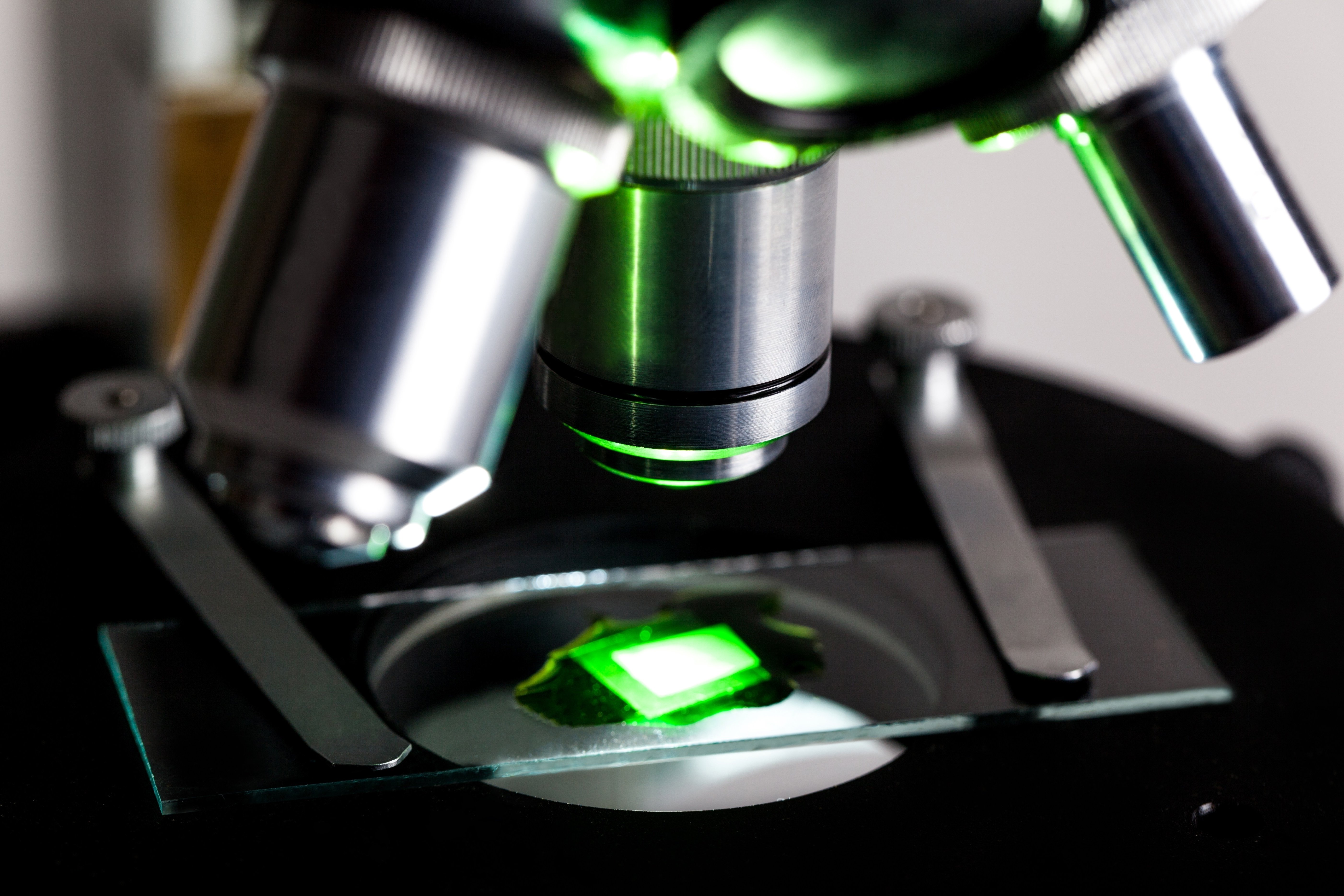
(Vienna, 24 May 2022) Fluorescent dyes, such as those used in discotheques with black lights or from forensic crime-scene searches for blood traces, play an important role in pharmaceutical research in particular. They can be used to visualize biological structures in fluids, cells or tissues. A team led by neuropharmacologist Margot Ernst from the Medical University of Vienna and theoretical chemist Leticia González from the University of Vienna have conducted a study to investigate the mechanism of a fluorescent dye for neuroscience. The study has now been published in the renowned journal "Angewandte Chemie" [Applied Chemistry].
The pharmaceutical industry has long been trying to provide drugs to help people with neuropsychiatric problems. However, due to the complexity of the brain, many questions still remain unanswered. So-called GABAA receptors are known to play an important role in disorders such as anxiety disorder, epilepsy, schizophrenia and autism. These proteins are found in the cell membrane of neurons in the brain and spinal cord. Of the myriad subtypes of these receptors, many play a role in inhibition of the central nervous system.
Drug development using fluorescent dyes
Drugs can be used to enhance the function of the GABAA receptors, in order to achieve a targeted anxiety-reducing, muscle-relaxing or sedative effect. Scientists use so-called fluorescent dyes to improve these types of drugs and to develop new ones. Under the influence of light, these molecules can be compared to a switch. This study investigates a specific molecule that is dark in solution ("light off") but fluoresces green when it is bound to a GABAA receptor ("light on").
The dye under investigation competes with the natural neurotransmitter in binding to the receptor. Drugs with a positive effect on GABAA receptors increase the affinity of the neurotransmitter and therefore reduce fluorescence. Through a microscope, it is easy to observe how the light emitted by the dye is turned off. The molecule is therefore well suited for the testing of potential new drugs for their effect on GABAA receptors.
"Switch mechanism" of a dye clarified
Although the dye was described several years ago, the exact fluorescence turn-on/turn-off mechanism was hitherto unclear. In the present study, the scientists have now discovered, using computer simulations, that the secret lies in the spatial arrangement of the dye: in solution, the molecule is folded up like a sheet of paper. Upon binding to the receptor, it unfolds, ultimately allowing fluorescence, which is suppressed in the folded state.
These results obtained by the researchers form the basis for the development and improvement of further dyes, thereby making an important contribution to pharmaceutical research.
Published in: Angewandte Chemie
Nadja K. Singer, Pedro A. Sánchez-Murcia, Margot Ernst, Leticia González: "Unravelling the Turn-on Fluorescence Mechanism of a Fluorescein-based Probe in GABAA Receptors." In: Angew. Chem. Int. Ed. 2022, e202205198; Angew. Chem. 2022, e202205198.DOI: 10.1002/anie.202205198